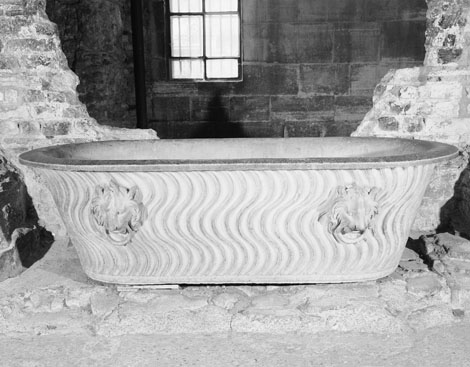The bath in the Latin world
The Latin genius for water conveyance infrastructures is well-known. In fact, it was a genuine necessity since, from the 1st century BC, the Romans regularly frequented the baths, whether public or private.
Agrippa, during his aedileship, added the aqueduct of the Virgin (Aqua Virgo), had the channels of the other aqueducts repaired and cleaned, and built 700 reservoirs, to say nothing of the 500 fountains and 130 water towers. The majority of these buildings were richly decorated: he had 300 bronze and marble statues and 400 marble columns erected on these sites and the entire project was completed in the space of a year. He himself added, in the report of his aedileship, that 59 days of games were organized and that Rome's 170 thermal baths were opened to the public free of charge.
The villas of the wealthy would have a balneum and public thermal baths increased in number, particularly under Agrippa.






















